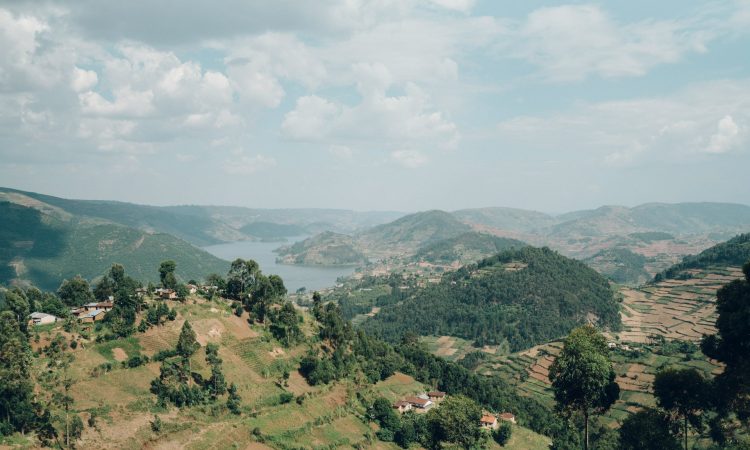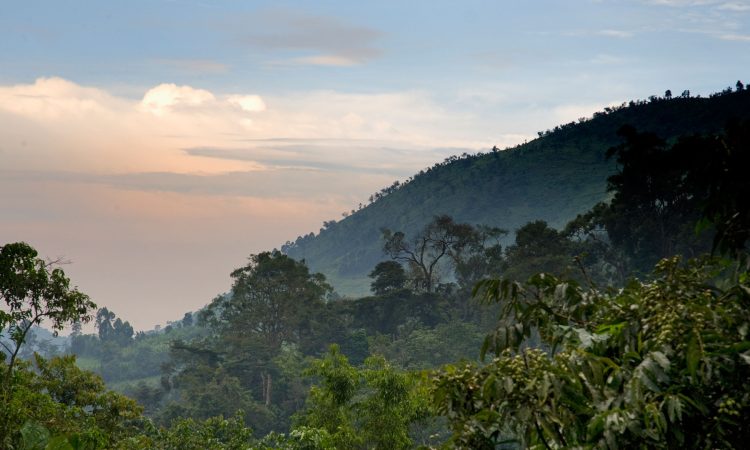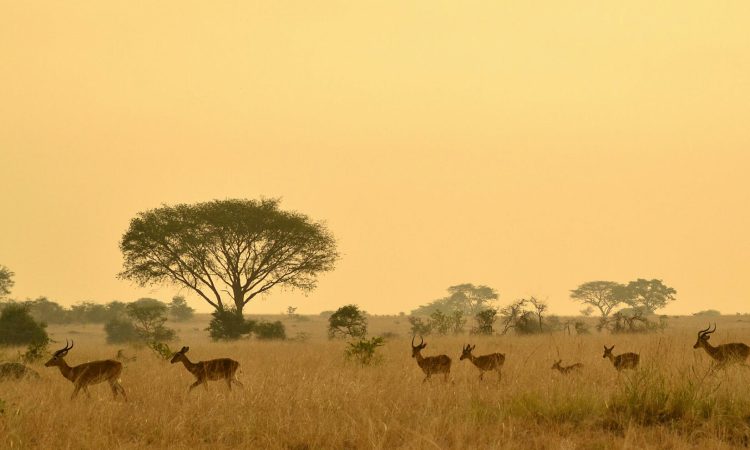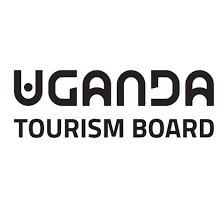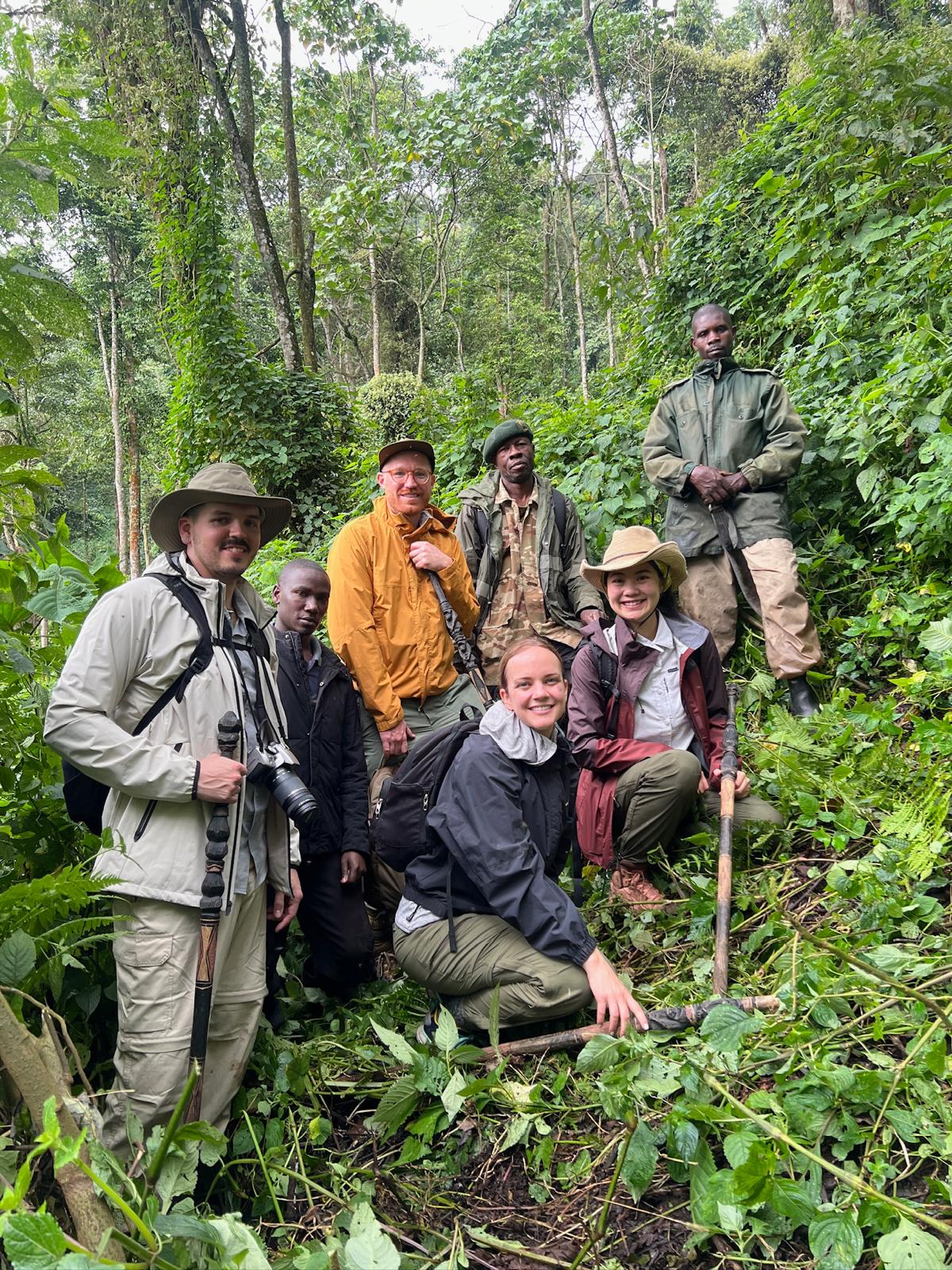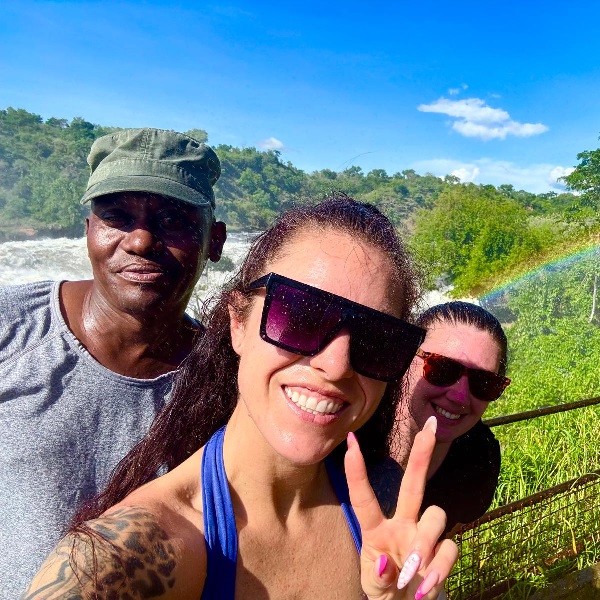Why is gorilla trekking so expensive? Ever wondered why trekking mountain gorillas is so costly? An encounter with the world’s largest and most endangered primate species in the wilderness is undoubtedly one of the most expensive wildlife encounters not only in Africa but worldwide.
Rwanda presents itself as a luxury gorilla trekking destination with a permit hike to $1500, followed by Uganda, a budget gorilla trekking destination with permits at $600, and D.R.
Congo maintaining itself as the most affordable option with permits at $400.
However, this doesn’t imply that the activity is only for the rich, but rather for those who understand the beauty and awe of meeting some of the world’s remaining mountain gorilla species in the wilderness.
The joy of being in the midst of a dynamic gorilla family is worth every dollar paid and the strenuous hikes endured to reach the gorillas.
Below are some of the reasons why it is essential to maintain gorilla permits at a high cost.
Mountain gorillas were an endangered species
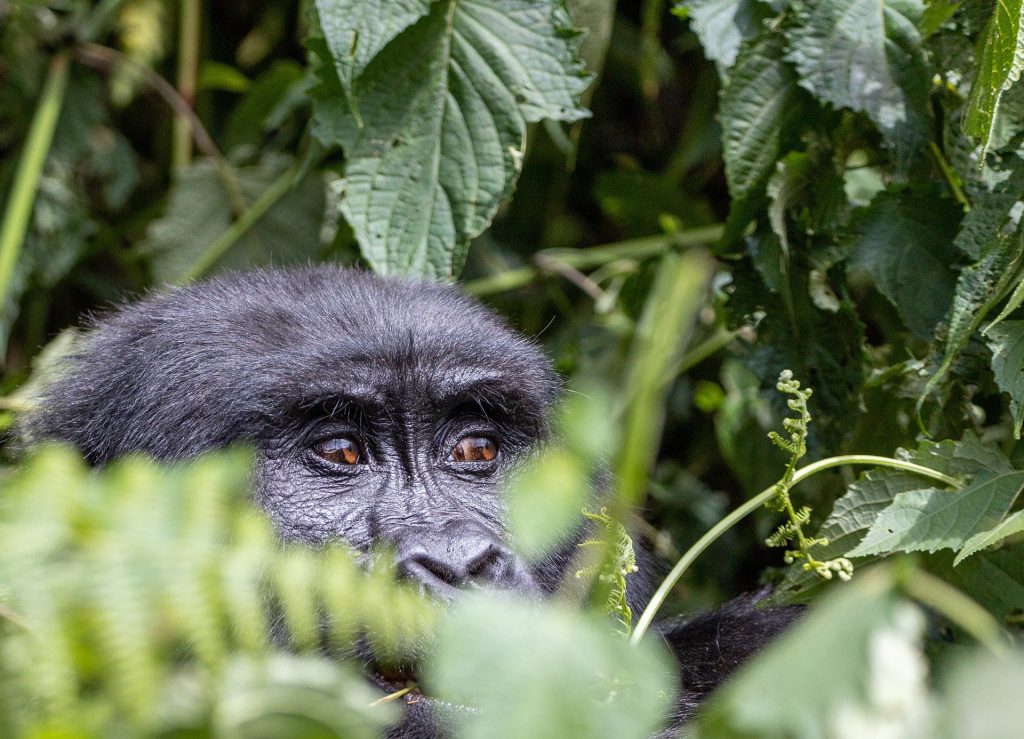
According to the 2018 gorilla census in the Virunga region, only 1000 mountain gorillas are estimated to currently survive worldwide. This number has increased from the previous 600 individuals in 2010, thanks to strict conservation efforts that have made this achievement possible.
Mountain gorillas only thrive in three Eastern countries: Uganda, Rwanda, and DR Congo. These countries have previously been characterized by civil unrest, epidemic diseases, mineral exploration, and illegal hunting, making it challenging for their population to grow.
One measure adopted by many governments and conservation bodies was to make gorilla permits expensive to limit the number of trekkers. With only a few gorilla families habituated for trekking, the demand for gorilla permits has been immense, hence the hike in fees serves to deter many people who would otherwise want to participate in this memorable adventure.
Limiting the number of trekkers helps to keep gorilla habitats safe from mass tourism, exploitation, and exceeding the carrying capacity of a particular gorilla destination.
Restricting the number of trekkers also helps ensure the safety of gorillas, especially by reducing human-gorilla diseases such as colds, flu, and coughs that can be transmitted through contact.
Conservation of mountain gorillas and their habitats
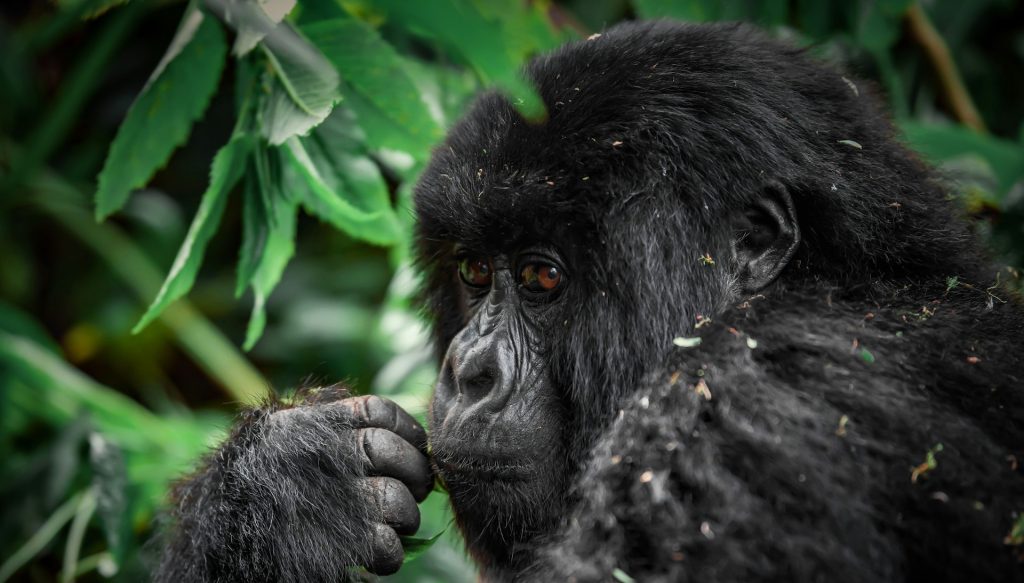
Following massive illegal hunting, poaching, and habitat loss for mountain gorillas within the Virunga region in the 1980s, campaigns were initiated to curb this tragedy affecting the world’s most sought-after primates. One solution was to raise the prices of trekking permits to increase revenue and enhance conservation efforts.
Revenue from the sale of permits in all four gorilla destinations is reinvested in conservation and protection of gorilla habitats. This includes employing monitoring personnel, rangers, and guides responsible for daily gorilla monitoring, recording movements, births, deaths, monitoring sick gorillas, administering medication by gorilla doctors, habituating new gorilla families, and other activities.
Part of the gorilla permit fees is also used to protect gorilla habitats, such as creating campaigns to sensitize neighboring communities about protecting gorilla parks, anti-poaching awareness programs, and more.
Supporting local projects and improving livelihoods
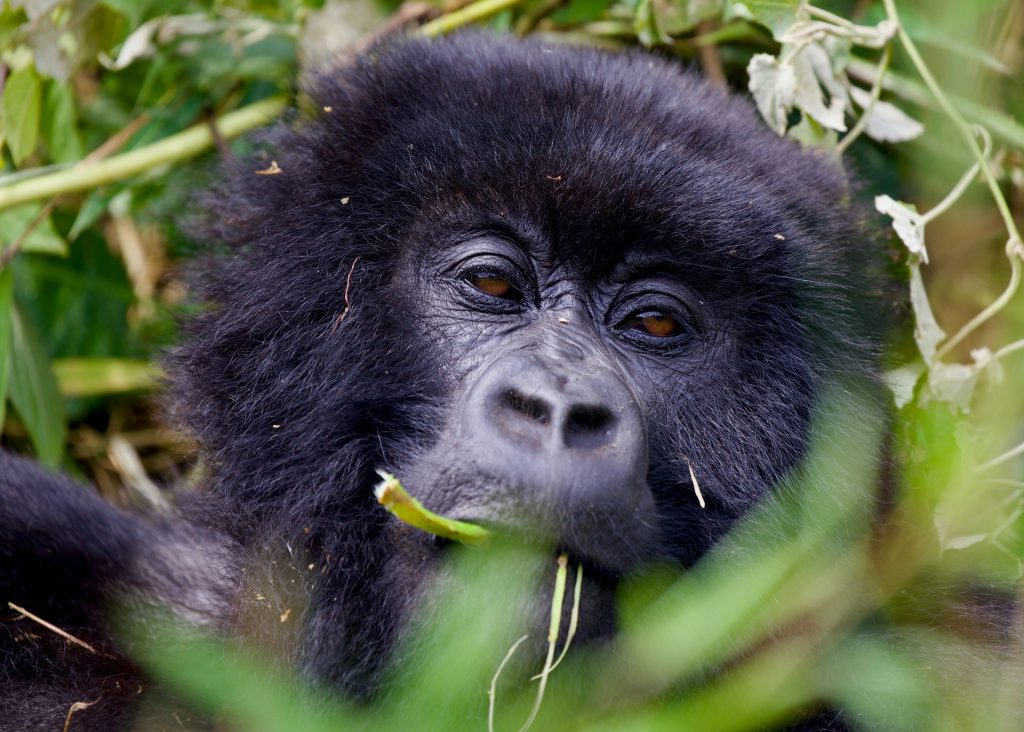
A portion of the revenue earned from gorilla permits is returned to neighboring communities through revenue sharing. In Uganda, up to 20% of total revenue supports local projects like schools, medical centers, craft centers, and roads. This has fostered a positive relationship between locals, visitors, and wildlife, which was previously lacking.
It should be noted that the high cost of gorilla permits is worth the magical experience of trekking in the footsteps of mountain gorillas and encountering them face-to-face is truly magnificent. Purchase a gorilla permit for Uganda, Rwanda, or D.R. Congo and become a conservation advocate helping to save the habitats of the world’s most endangered species.





